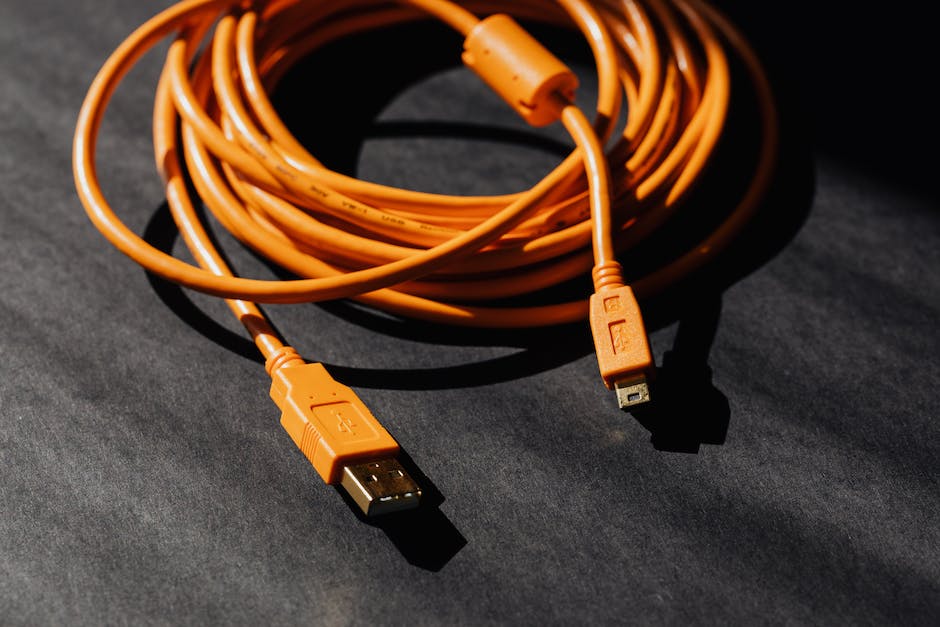How to Connect a Camping Fridge to a Battery
Introduction: As a father of three kids and an experienced camper, I understand the importance of having a reliable camping fridge to keep food and drinks cold during outdoor adventures. In this blog post, I will share my expertise on how to connect a camping fridge to a battery, ensuring that you have a fully functional and efficient cooling system while camping.
[recommendations keyword=’how-to-connect-camping-fridge-to-battery’]
1. Choose the Right Battery
Before connecting your camping fridge to a battery, it’s essential to choose the right battery that can provide enough power to keep your fridge running for the duration of your camping trip. Consider the following factors when selecting a battery:
- Capacity: Look for a battery with a high capacity rating, measured in amp-hours (Ah). This rating indicates how much charge the battery can store. The higher the capacity, the longer your fridge can run.
- Voltage: Ensure that the battery voltage matches the voltage requirements of your camping fridge. Most camping fridges operate on 12V DC, but some models may require 24V DC or have dual voltage options.
- Battery Type: There are various types of batteries available, such as lead-acid, lithium-ion, and AGM. Consider your budget, weight, and maintenance requirements when choosing the battery type.
- Portability: Opt for a portable battery that is easy to transport and has features like handles or wheels for convenience.
2. Gather the Necessary Equipment

Once you have selected the right battery, gather the necessary equipment to connect your camping fridge:
- Power Inverter: If your camping fridge operates on AC power, you will need a power inverter to convert the DC power from the battery into AC power. Choose an inverter with an appropriate wattage to handle the fridge’s power requirements.
- Wiring and Connectors: Ensure you have the correct gauge wiring and connectors to connect the battery, inverter, and fridge securely.
- Fuses and Circuit Breakers: Install fuses or circuit breakers in line with the wiring to protect the system from overload or short circuits.
- Battery Monitor: Consider installing a battery monitor to keep track of your battery’s charge level and prevent draining it completely.
3. Connect the Battery to the Inverter

Start the process by connecting the battery to the inverter:
- Ensure the battery is disconnected before starting the wiring process.
- Connect the positive terminal of the battery to the positive input terminal of the inverter using suitable wiring and connectors.
- Connect the negative terminal of the battery to the negative input terminal of the inverter using appropriate wiring and connectors.
- Double-check all the connections to ensure they are tight and secure.
4. Connect the Inverter to the Camping Fridge

After connecting the battery to the inverter, proceed to connect the inverter to your camping fridge:
- Ensure the power inverter is disconnected from the battery.
- Identify the AC input or power socket on the inverter and connect the fridge’s AC plug into it.
- Confirm that all connections are secure.
5. Test the System
Once all connections are made, it’s crucial to test the system before heading out on your camping trip:
- Ensure the battery is fully charged.
- Turn on the camping fridge and monitor its operation, ensuring it is cooling properly.
- Check the battery monitor, if installed, to ensure the battery voltage remains within an acceptable range.
By following these steps, you can connect your camping fridge to a battery and enjoy the convenience of a portable cooling system during your camping adventures. Remember to prioritize safety and monitor your battery’s charge level to avoid any unexpected power interruptions.